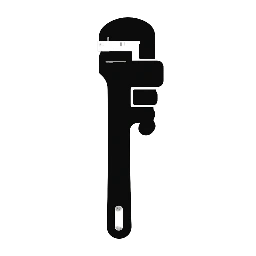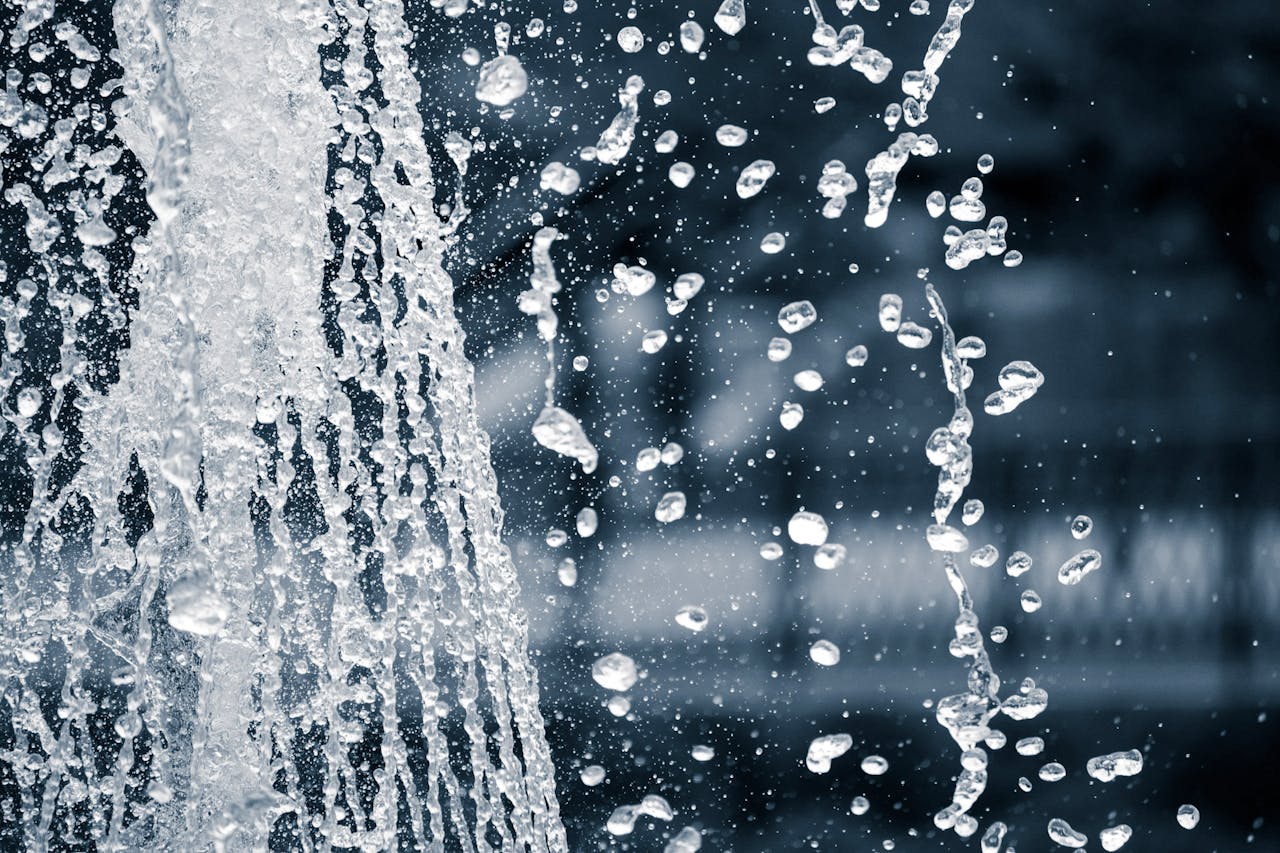For homeowners relying on a private well for their water supply, a properly functioning well pump and pressure tank are absolutely essential. When these critical components malfunction, it can quickly lead to a frustrating lack of water, inconsistent pressure, or even costly damage to your plumbing system.
While some advanced repairs require a professional, understanding the basics of how your well system works and how to diagnose common issues can save you time, money, and a lot of headaches. This guide will walk you through the troubleshooting steps and discuss common repairs for well pumps and pressure tanks.
Understanding Your Well Water System Basics
Before we dive into troubleshooting, let’s briefly review the key components:
- Well Pump: This is the heart of your system.
- Submersible Pump: Located deep inside the well casing, submerged in water. It pushes water up to the surface.
- Jet Pump: Located above ground (usually in a basement or utility room). It pulls water up from the well using a suction process. Jet pumps are typically used for shallower wells.
- Pressure Tank: A large tank (usually blue or green) that stores water under pressure. It has an air bladder or diaphragm inside, separating a cushion of air from the water.
- Purpose: The pressure tank serves several vital functions:
- Stores Pressurized Water: Provides instant water on demand without the pump having to kick on every time a faucet is opened.
- Protects the Pump: Reduces the number of times the pump cycles on and off, extending its lifespan.
- Maintains Consistent Pressure: Evens out water pressure fluctuations.
- Purpose: The pressure tank serves several vital functions:
- Pressure Switch: A small box, usually mounted on a pipe near the pressure tank, that detects water pressure. When the pressure drops below a set “cut-in” point (e.g., 30 PSI), it turns the pump on. When the pressure reaches the “cut-off” point (e.g., 50 PSI), it turns the pump off.
- Pressure Gauge: Located near the pressure tank, it displays the current water pressure in your system.
- Check Valve: Typically located in the well (for submersible pumps) or near the pump (for jet pumps), this valve prevents water from flowing back down into the well when the pump turns off, maintaining prime.
Common Well System Symptoms and What They Mean
Recognizing the symptoms is the first step to diagnosis.
- No Water At All: The most alarming symptom.
- Low Water Pressure: Water trickles out, or pressure is noticeably weak.
- Intermittent Water Pressure: Pressure fluctuates wildly, going from strong to weak rapidly.
- Well Pump Cycles On and Off Frequently (Short Cycling): The pump turns on for a very short time, then off, then on again, repeatedly.
- Well Pump Runs Constantly: The pump never seems to turn off, even when no water is being used.
- Cloudy, Sandy, or Muddy Water: Indicates issues within the well or pump itself.
- Strange Noises from the Pump or Tank: Gurgling, banging, humming, or grinding sounds.
- Water Spitting from Faucets: Air in the lines.
Troubleshooting Guide: Step-by-Step Diagnosis
Before you call a professional, perform these checks. ALWAYS turn off the power to your well pump at the breaker before performing any inspections or repairs to prevent electrical shock!
Scenario 1: No Water At All
- Check Power:
- Breaker: Go to your electrical panel and check the circuit breaker for your well pump. Is it tripped? Reset it. If it immediately trips again, there’s an electrical short, and you’ll need an electrician or pump professional.
- Power Disconnect: Check any external power disconnects near the well head or pump.
- Faulty Switch/Outlet: If your pump plugs into an outlet, test the outlet with another appliance.
- Check the Pressure Switch:
- Manually Engage: With the power on (but be cautious), lift the lever on the pressure switch. Does the pump kick on? If so, the pressure switch might be faulty or dirty. If not, the issue is likely the pump or wiring.
- Clogged Intake Tube: The small tube leading to the pressure switch can become clogged with sediment, preventing it from sensing pressure correctly. Turn off power, carefully remove and clean it.
- Check Pressure Gauge: Is there any pressure showing on the gauge? If zero, the tank is empty.
- Check for Leaks: A significant leak in your system (e.g., burst pipe) can prevent pressure from building up.
- Listen for the Pump: Can you hear the pump humming or trying to start?
- Submersible: If you hear nothing, it could be power, a seized pump, or a broken wire down the well.
- Jet Pump: If it hums but doesn’t pump, it might have lost its prime or has an issue with the impeller/motor.
- Well Water Level: Has your well run dry? This is less common but can happen during droughts or periods of heavy usage. A well driller would be needed to assess.
Scenario 2: Low Water Pressure / Intermittent Pressure / Spitting Water
- Check Pressure Tank Air Charge (Crucial!): This is the most common culprit for these symptoms.
- Turn off Power: Shut off the power to the pump at the breaker.
- Drain Water: Open a faucet (like a garden hose bib) to completely drain the pressure tank until no more water comes out. The pressure gauge should read zero.
- Check Air Valve: On top of your pressure tank, there’s a Schrader valve (like on a car tire). Remove the cap.
- Press the Pin: Use a tire pressure gauge or a small screwdriver to press the pin.
- Air Only: Good sign, but you still need to check the pressure.
- Water Sprays Out: The bladder inside the tank is ruptured, and the tank needs to be replaced.
- Check Air Pressure: Use a tire pressure gauge to measure the air pressure. It should be 2 PSI below your pump’s “cut-in” pressure setting (e.g., if cut-in is 30 PSI, tank pressure should be 28 PSI).
- Adjust Air Pressure: If low, use an air compressor to add air. If too high, release air.
- Restore Power & Test: Close the faucet, turn on power, and let the tank refill. Test water pressure.
- Clogged Sediment Filter/Water Softener: If you have these, they can restrict flow. Bypass them temporarily to see if pressure improves.
- Clogged Pipes/Aerators: Individual faucet aerators can get clogged. Check those first. Widespread low pressure could indicate mineral buildup in pipes, especially if they are older galvanized steel.
- Foot Valve/Check Valve Issues: If the check valve (often near the pump or inside the well) is failing, water can drain back into the well, causing the pump to lose prime and cycle more often, leading to intermittent pressure.
Scenario 3: Pump Cycles On and Off Frequently (Short Cycling)
This is almost always a pressure tank issue.
- Ruptured Bladder/Waterlogged Tank: Perform the pressure tank air charge test (Scenario 2, Step 1). If water sprays from the air valve, your bladder is burst, and the tank is waterlogged. This means the pump has no cushion of air to store pressure and will short cycle. The tank needs replacement.
- Low Air Charge: If no water sprays, but the air pressure is significantly low (e.g., 0 PSI), the tank is waterlogged due to insufficient air. Re-pressurize the tank as described in Scenario 2, Step 1.
- Small Leak: Even a small, undetectable leak in your plumbing system can cause the pressure to drop, triggering the pump to cycle more often than it should.
Scenario 4: Pump Runs Constantly
- Major Leak: A large leak in your supply line or inside your home that’s constantly drawing water. Check all faucets, toilets, and exposed pipes.
- Pump Unable to Reach Cut-Off Pressure:
- Well Running Dry: If the well has insufficient water, the pump will run but can’t build enough pressure to turn off.
- Damaged Pump Impeller: If the pump impeller is damaged or worn, it can’t create enough pressure.
- Suction Leak (Jet Pumps): A leak in the suction line of a jet pump will cause it to pull air, preventing it from building pressure.
- Broken Pipe in Well (Submersible): A leak in the drop pipe (the pipe running down to the submersible pump) will prevent pressure buildup.
- Faulty Pressure Switch: The pressure switch itself might be stuck in the “on” position or faulty and not registering the cut-off pressure.
Common Repairs and When to Call a Pro
DIY-Friendly Repairs (with Caution and Power Off!)
- Resetting Breaker: Simple.
- Cleaning Pressure Switch Tube: Relatively easy after turning off power and understanding how to remove it.
- Re-Pressurizing Pressure Tank: This is a common and often effective DIY fix.
- Replacing a Clogged Filter: Straightforward.
- Cleaning Faucet Aerators: Easy.
When to Call a Professional (Licensed Plumber/Well Specialist)
- No Water and Power is Fine: If the pump isn’t running or humming, and the breaker isn’t tripped, it could be a wiring issue, motor failure, or a seized pump. This requires professional diagnosis and potentially pump replacement.
- Well Pump Replacement: Replacing a submersible pump requires specialized equipment to pull it from the well. Jet pump replacement is also a complex job involving re-plumbing.
- Pressure Tank Replacement: While seemingly straightforward, proper sizing, plumbing connections, and ensuring the correct air charge are critical. Incorrect installation can lead to immediate pump failure.
- Diagnosing Leaks in the Well: If you suspect a broken drop pipe or issues with the foot valve deep in the well.
- Electrical Issues: Any persistent electrical problems or tripped breakers.
- Loss of Prime (Jet Pump Repeatedly): If your jet pump frequently loses prime, it could indicate a failing check valve, a leak in the suction line, or a well issue, which professionals are best equipped to handle.
- Well Running Dry: Requires a well driller.
- Any Repair You Are Uncomfortable With: Safety first! Don’t risk injury or further damage to your system.
Preventative Maintenance
Regular maintenance can extend the life of your well system and prevent costly breakdowns:
- Check Pressure Tank Air Charge Annually: This is the single most important preventative measure for your pressure tank.
- Inspect Pressure Switch: Keep the area around it clean and free of debris.
- Monitor Pressure Gauge: Pay attention to your normal operating pressures.
- Listen to Your Pump: Get familiar with its normal operating sounds. Any new or strange noises warrant investigation.
- Have Water Quality Tested: Annually, especially if you notice changes in taste, odor, or clarity.
- Professional Inspection: Consider an annual or bi-annual professional check-up, particularly if your system is older.
Conclusion
Your well pump and pressure tank are the unsung heroes of your home’s water supply. While encountering issues can be stressful, armed with this knowledge, you can often diagnose the root cause of common problems. Remember to prioritize safety by always disconnecting power before any inspection or repair. For anything beyond basic troubleshooting and simple fixes, don’t hesitate to call a qualified, licensed well professional. Investing in proper diagnosis and timely repair will ensure a reliable, clean water supply for years to come.


Leave a Reply